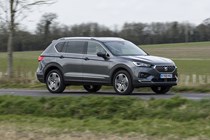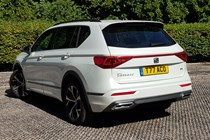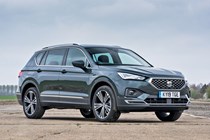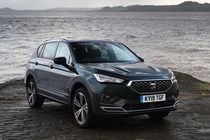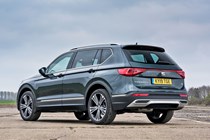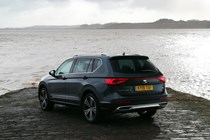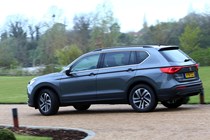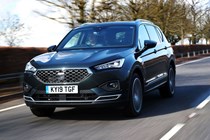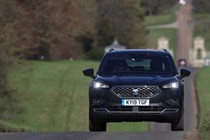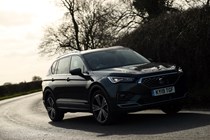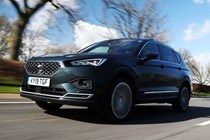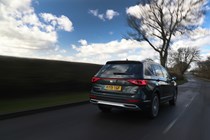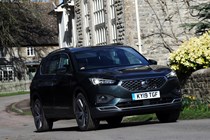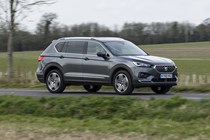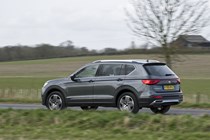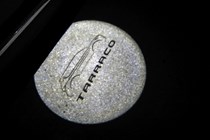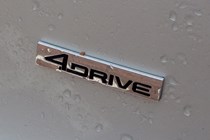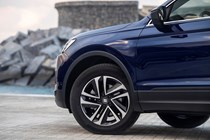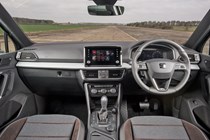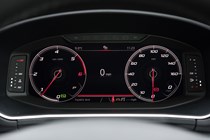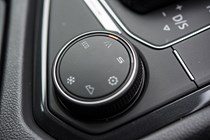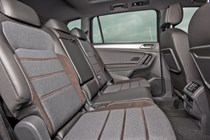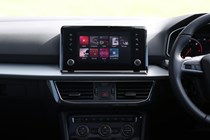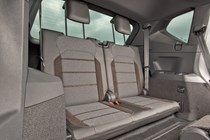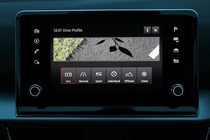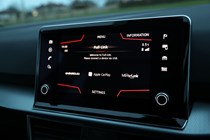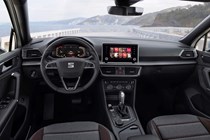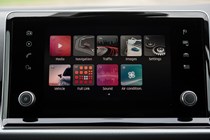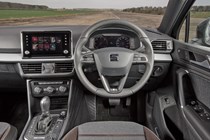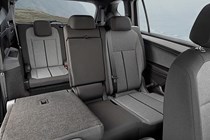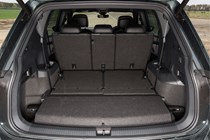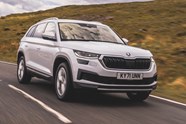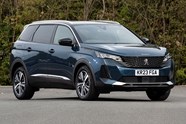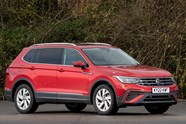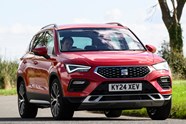
SEAT Tarraco review

At a glance
| Price new | £29,960 - £45,435 |
|---|---|
| Used prices | £11,824 - £33,522 |
| Road tax cost | £195 - £620 |
| Insurance group | 19 - 32 |
Get an insurance quote with

|
|
| Fuel economy | 29.7 - 52.3 mpg |
| Range | 475 - 752 miles |
| Miles per pound | 4.4 - 6.7 |
| Number of doors | 5 |
| View full specs for a specific version | |
Available fuel types
Petrol
Diesel
Hybrid
Pros & cons
- Stylish inside and out with space for seven
- Quick steering and sporty driving experience
- Infotainment and air-con easy to use
- Firm ride, especially on bigger wheels
- Rearmost seats are tight for adults
- Some reliability concerns
SEAT Tarraco SUV rivals
Overview
The SEAT Tarraco is a seven-seater SUV that joined the Spanish brand’s range at the very top when it was introduced in 2018. Writing this update in August 2024, it’s no longer available as a factory order, and while SEAT does have some remaining brand new stock, it will shortly become a used car only. But that doesn’t mean you shouldn’t still consider one. This is an appealing family wagon.
Not only is it a multiple winner in past Parkers Awards due to its keen blend of value, style and practicality, we’ve also run a SEAT Tarraco long-term test to see how it really copes with family life. We do have some reliability concerns (see the Tarraco ownership costs page), but you can find out more about how we test cars generally via our dedicated explainer.
Contemporary Tarraco rivals include the spacious Peugeot 5008 and the distinctive-looking Hyundai Santa Fe, while it also has two close cousins to contend with in the forms of the Skoda Kodiaq and Volkswagen Tiguan Allspace. Make no mistake, the Tarraco, Tiguan and Kodiaq are very closely aligned – all three sharing the Volkswagen Group’s same long-wheelbase underpinnings and much of their mechanical components.
Over the years the Tarraco line-up has been remarkably consistent. The entry-level specification is the SE, moving up through SE Technology, to Xcellence and then Xcellence Lux. An FR Sport version was introduced later, with some racier touches inside and out, including machined alloy wheels, sports seats. And at the end of its life the regular Xcellence disappeared earlier than the others, probably underlining its popularity.
Engine choice in the UK ranged from 1.5-litre TSI turbo petrol models to 2.0-litre TDI turbodiesels, most with 150hp – though a few 2.0-litre TSI turbo petrols with as much 245hp did find homes, the 190hp version of this engine is more common and there was a 190hp diesel as well. Front and four-wheel drive was offered, as were six-speed manual or seven-speed DSG automatic transmissions. All are good to drive, though running costs vary considerably and in our experience the 150hp petrol will struggle with the Tarraco’s fully laden weight.
Over the next few pages we will cover every aspect of the SEAT Tarraco, examining the interior, the practicality, the performance and comfort before delivering our final verdict.


